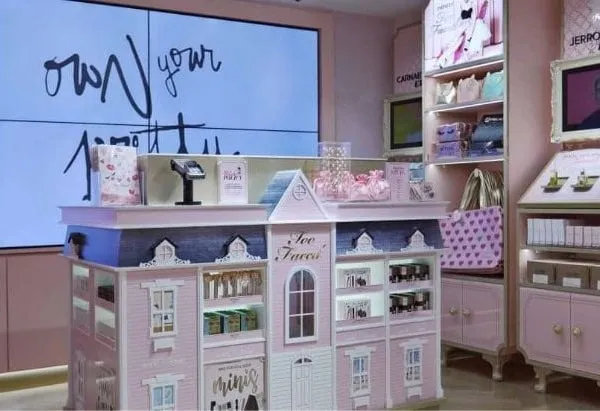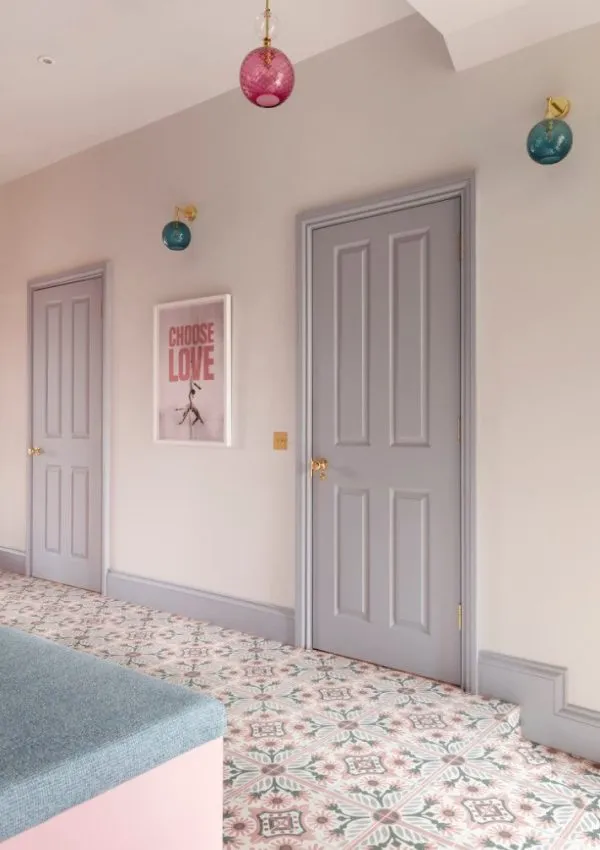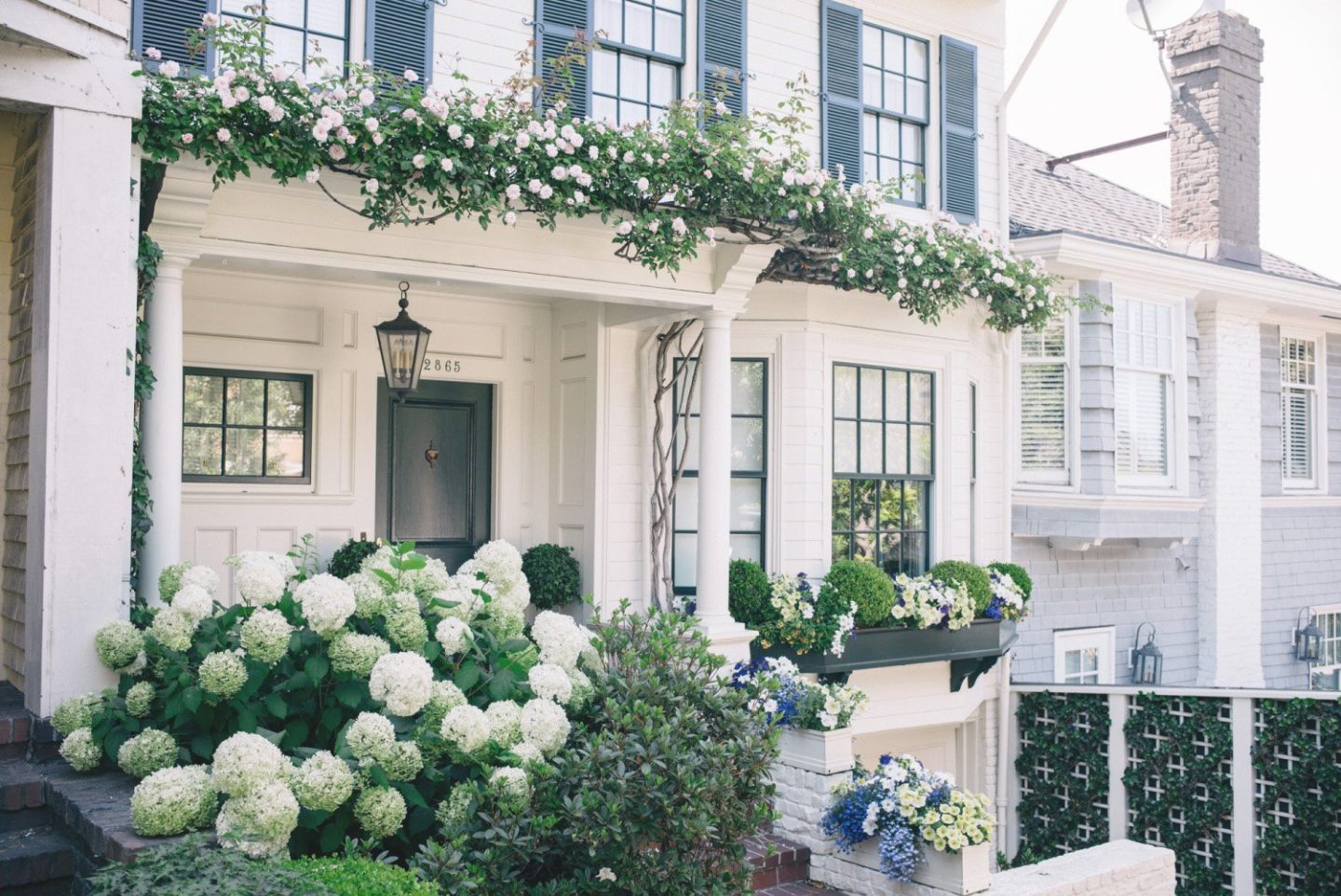There’s something irresistibly cool about a home that feels like a time capsule and a sleek art gallery at the same time. It’s a vibe—a little bit of grandma’s charm, a little bit of downtown loft, all stirred up into a space that just works. But how do you strike that perfect balance without making your living room look like a garage sale collided with a spaceship? That’s where the art of mixing vintage and modern decor comes in. This isn’t about trends. It’s about taste. And maybe a little bit of guts. Let’s get into it.
Via Pexels
Start with a Clean Foundation
If you’re just beginning to mix eras, think of your space like a canvas. A neutral backdrop makes it easier to highlight the unique qualities of both your vintage and modern pieces. Walls in shades of white, grey, or even muted olive can let bold 70s lamps or sculptural mid-century chairs truly shine.
Think simplicity. Modern design thrives on clean lines and minimalism. That gives your quirky antique finds space to breathe. And the contrast? That’s where the magic lives.
Let One Style Lead, Then Add Layers
Here’s the thing: if everything is vintage, it starts to feel like a museum. If everything is modern, it can get a little too sterile. Choose a dominant style and use the other as an accent.
For example, start with modern furniture as your base—maybe sleek dining chairs, a minimalist console, and yes, even modern leather sofas. They offer a clean, comfortable look that’s timeless. Then bring in that old-world soul with a reclaimed wood coffee table or a brass lamp from the 60s.
It works the other way around, too. If you’ve inherited your great-aunt’s Victorian hutch, balance it with a funky geometric mirror or a simple matte-black floor lamp. Let the old and the new talk to each other. The conversation is half the charm.
Pay Attention to Proportions
A Victorian settee and a Lucite side table might sound like a great Instagram post, but do they really belong in the same room? Maybe. But proportions matter.
Modern furniture often leans toward low-slung and minimalist, while vintage can be more ornate and tall. The secret is keeping everything in the same visual weight class. A heavy, carved wood table might need chunky modern chairs to avoid looking awkward. Or, if your vintage piece is delicate, let it stand solo with enough space around it so it feels intentional, not lost.
Let Texture Be the Peacemaker
The texture is like the glue that holds two worlds together.
Modern design can lean hard into smooth, cold materials: steel, glass, and leather. Vintage often brings warmth: worn woods, velvets, and aged brass. When you combine both, you create a sensory playground.
Layer a shaggy rug under a modern coffee table. Pair a slick leather armchair with a crocheted throw or linen cushion. Hang a contemporary painting over a chipped farmhouse sideboard. These small textural contrasts whisper to each other in ways that make a room feel curated rather than chaotic.
Tell a Story with Accessories
Here’s where your personality comes in. Accessories are the easiest (and most fun) way to bridge vintage and modern. Got an old rotary phone? Display it on a floating shelf. Did you find a retro globe at a flea market? Let it share a surface with a sleek ceramic vase. Mix high and low, old and new. Books, plants, frames, records, clocks—these little artefacts tell your story.
Storytelling is what gives a home soul.
Reimagine the Purpose of Vintage Finds
One of the best parts about vintage pieces is that they’re not just beautiful—they’re unexpected. A mid-century dresser doesn’t have to stay in the bedroom. Use it as a TV stand in the living room. That antique ladder? Hang it horizontally on the wall and use it as a bookshelf. The old trunk from your grandpa’s attic? Coffee table. Instant character. Mixing styles is about being bold and curious. Let your home reflect that.
Stick to a Cohesive Color Palette
When you’re blending decades, colour can easily become the thing that makes or breaks the room. To keep things from getting too busy, choose a limited colour palette and build around it. That doesn’t mean everything needs to be beige. But maybe you pick three main tones—let’s say navy, walnut brown, and burnt orange—and let those guide your decisions. This keeps your eye moving smoothly through the space, even if one corner holds a Bauhaus chair and another has a baroque mirror.
Go Bold with Statement Pieces
Sometimes, one big, bold choice is all you need to bring balance to the room. A massive abstract painting can modernize a room full of antiques. A vintage chandelier can add elegance to a room full of modern boho pieces. Think of these statement pieces like anchors. They ground your space, make it memorable, and give your mix of styles something to orbit around. Don’t be afraid to go a little dramatic. It’s your home, not a showroom.
Let Patina and Imperfection Shine
Vintage isn’t about perfection. Scratches, dents, faded edges—they all tell a story. In a world of flat-pack furniture and factory finishes, these imperfections are gold. Let your vintage pieces wear their age proudly. Pair them with modern elements that are clean but not clinical. The contrast creates a layered, lived-in space that feels authentic. And honestly? A little wear and tear can be grounding. It reminds us that not everything needs to be shiny to be beautiful.
Via Pexels
Final Thoughts: Trust Your Gut
At the end of the day, mixing vintage and modern interior design isn’t about rules. It’s about rhythm. If something feels right—even if it shouldn’t work on paper—try it. Sometimes, the most striking spaces are born from unlikely pairings. Be patient. Let your space evolve. Good design doesn’t happen overnight. It happens over coffee chats, flea market finds, late-night rearranging, and slowly falling in love with your home.
So go ahead. Let your grandmother’s mirror sit proudly above that modern console. Drape a bold new throw over a worn velvet armchair. Blend the old with the new until it feels like you.
That’s when you know you got it right.





Leave a Reply